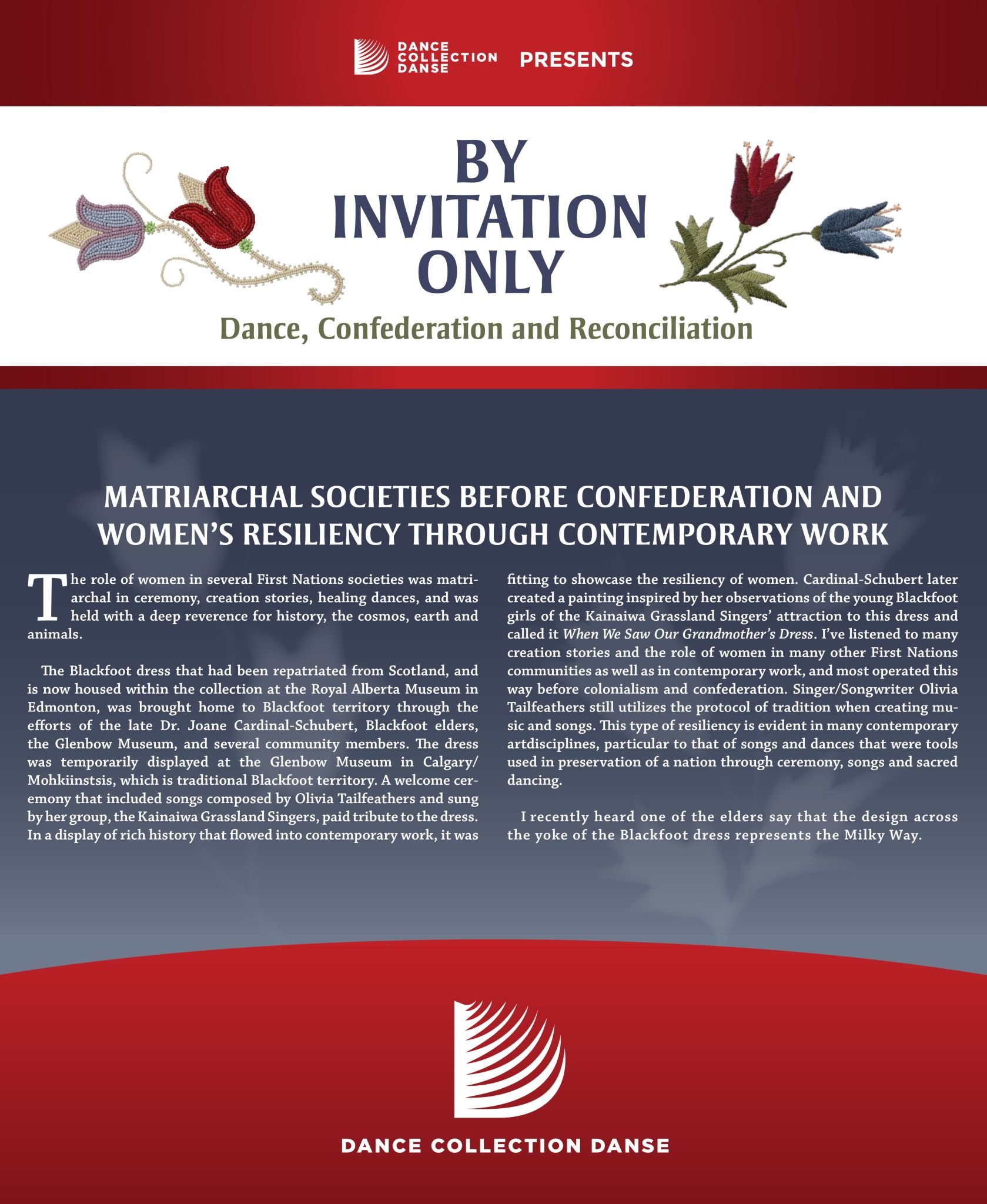By Invitation Only: Dance, Confederation and Reconciliation exhibit
Added 18th Mar 2022 by Amy Bowring / Last update 18th Mar 2022

BIO Panel 04.jpg
(No description added)
By Invitation Only: Dance, Confederation and Reconciliation exhibit

The description of this Item
Curators: Amy Bowring, Troy Emery Twigg
Design: Michael Ripley
Beaded flowers: Barry Ace
Embroidered flowers: Amy Bowring
The collections that this item appears in.
Tag descriptions added by humans
Description of the objects in this Item
DCD's accession number for this Item. It is the unique identifier.
Auto-generated content
Tag descriptions added automatically
text
design
graphic
abstract
photo
poster
screenshot
Auto-generated identification of objects in this Item
plant
An autogenerated description of this Item
Auto-generated number of faces in the Item